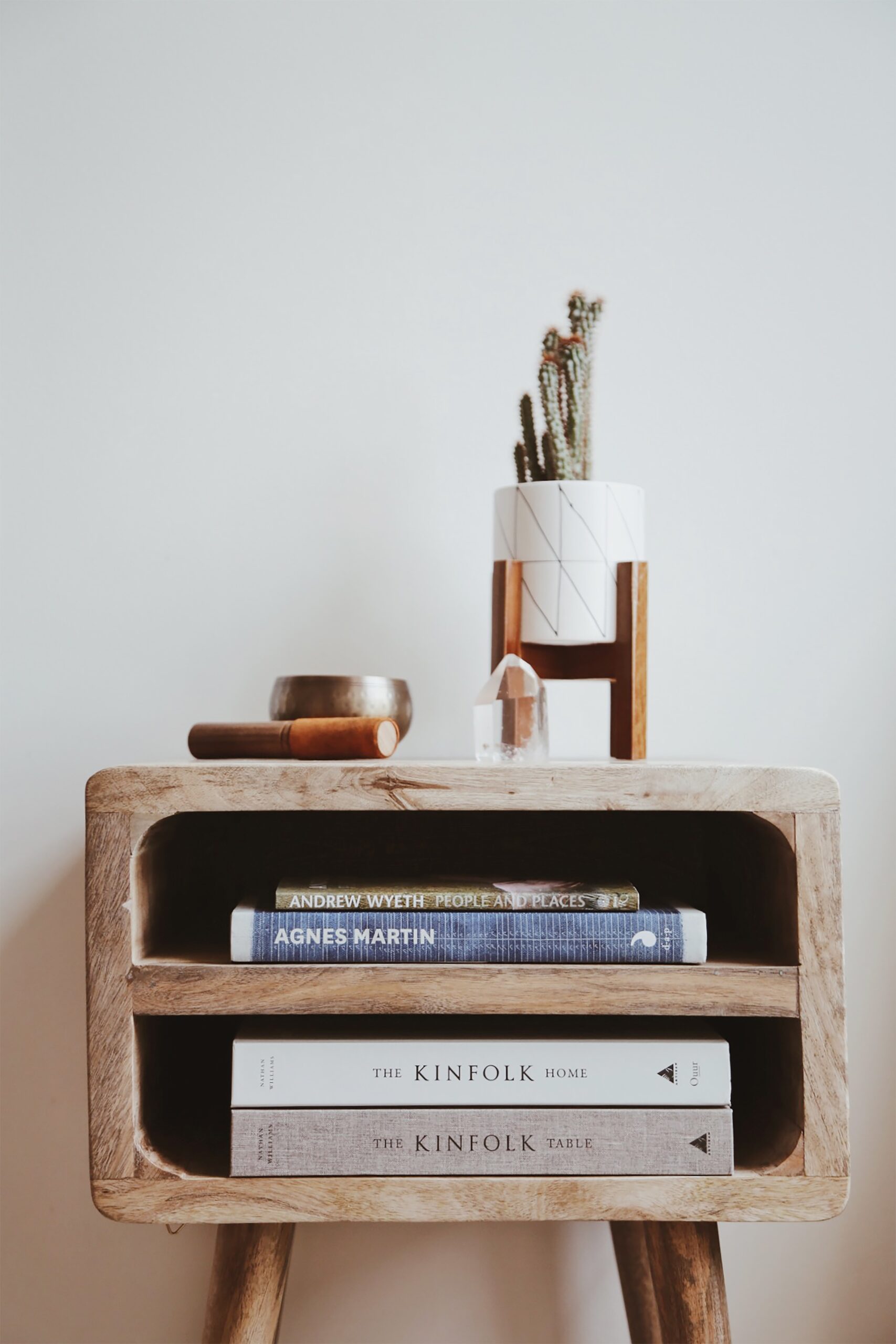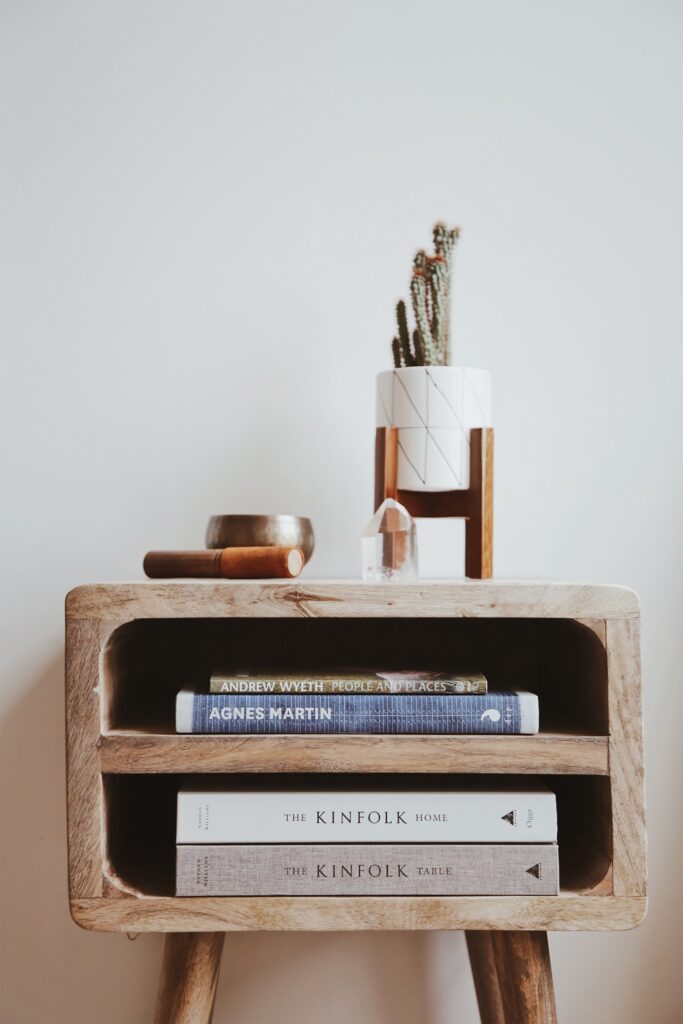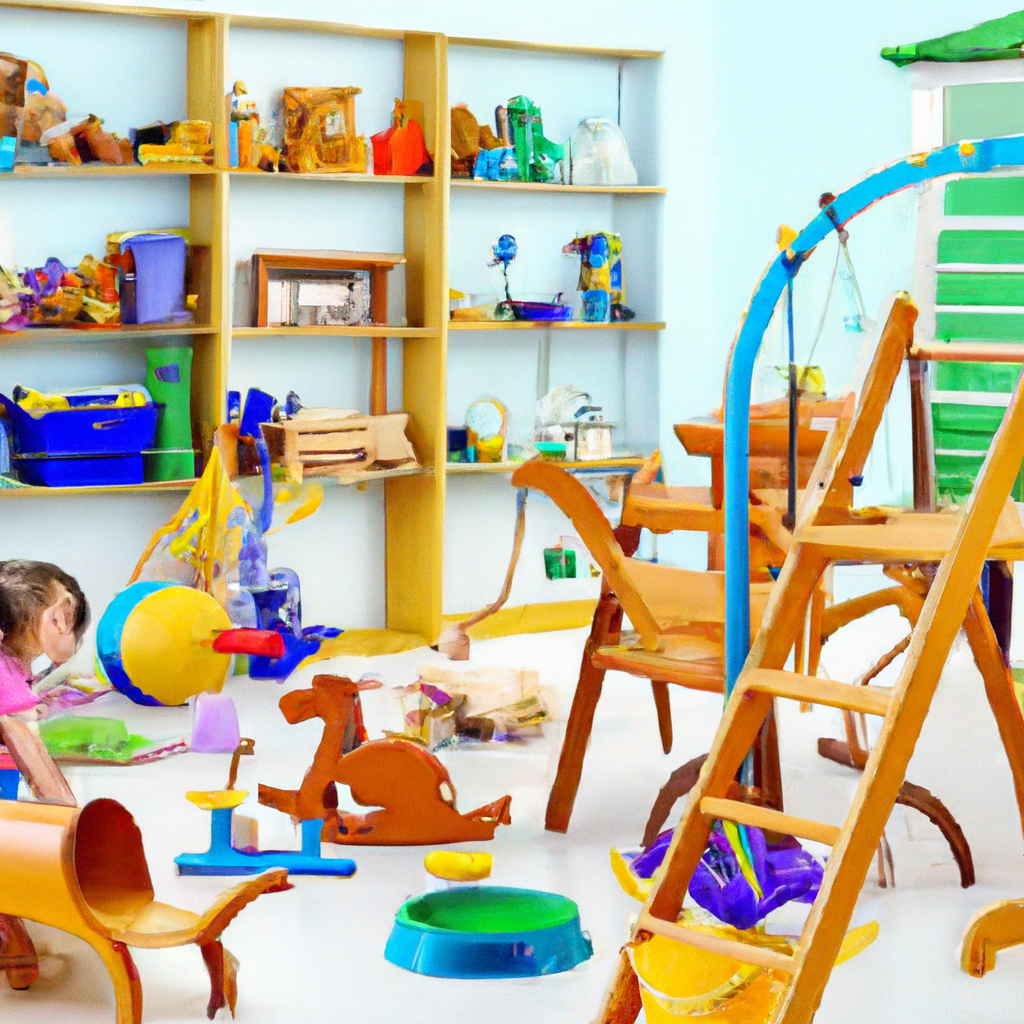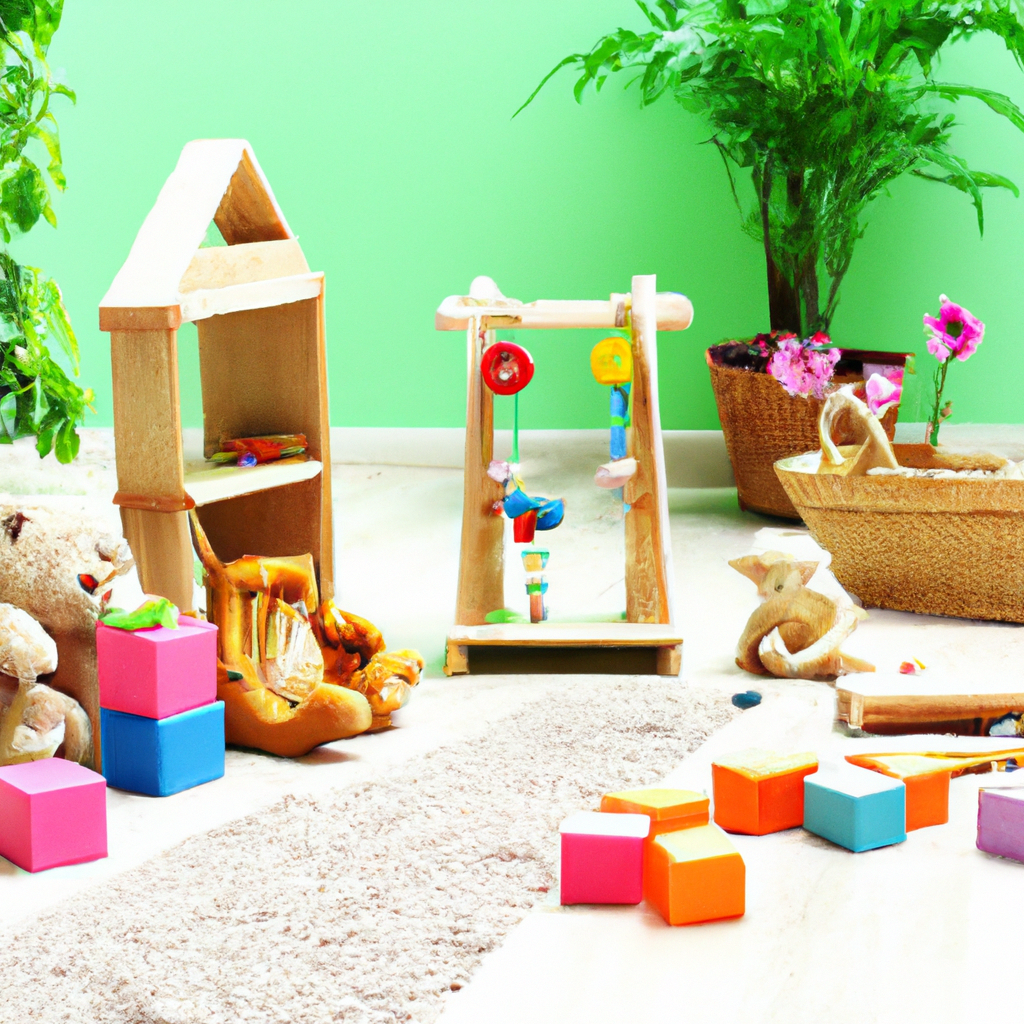
If you’re a parent or caregiver looking to create a space that is both safe and enjoyable for children, designing a kid-friendly home is essential. From choosing durable and easy-to-clean materials to incorporating storage solutions that keep toys organized, there are various tips to consider. In this article, we’ll explore some practical and creative ideas that can help you transform your home into a space that fosters imagination, creativity, and fun for your little ones. So, whether you’re navigating the world of interior design or simply looking for inspiration, keep reading for valuable insights on designing a kid-friendly home.
Consider Safety Measures

Anchor Furniture to the Walls
When designing a kid-friendly home, one of the most important safety measures to consider is anchoring furniture to the walls. Children are naturally curious and love to explore their surroundings. Unfortunately, this can sometimes lead to accidents, especially when it comes to top-heavy furniture like bookshelves and dressers. By securely anchoring these pieces to the walls, you can prevent them from tipping over and causing potential harm to your little ones.
Use Safety Gates
Safety gates are essential when it comes to creating a safe environment for your children. They can be used to block off stairways or other areas of the house that may pose a danger to young kids. Safety gates come in various sizes and designs, allowing you to choose the ones that best fit your needs. Whether you opt for pressure-mounted gates or hardware-mounted gates, make sure they are properly installed to ensure maximum safety.
Choose Non-Toxic Materials
When it comes to designing a kid-friendly home, it’s crucial to prioritize the use of non-toxic materials. Children are more susceptible to the harmful effects of chemicals, so it’s important to select furniture, paint, carpets, and other materials that are low in volatile organic compounds (VOCs) and free from harmful substances. Opt for environmentally friendly options and look for certifications such as Greenguard or eco-friendly labels to ensure the products you choose are safe for your little ones.
Minimize Sharp Edges
Children are quite accident-prone, and sharp edges and corners can pose a serious risk of injury. When selecting furniture or decorating your home, be mindful of any sharp edges that could potentially harm your child. Choose rounded or padded furniture with soft edges, and consider investing in corner guards or edge bumpers to add an extra layer of protection. By minimizing sharp edges, you can create a safe and child-friendly environment for your little explorers.
Create a Playful Environment
Incorporate Bright Colors
Adding bright colors to your kid-friendly home can instantly create a playful and vibrant atmosphere. Children are naturally drawn to vivid colors, and they can stimulate their imagination and creativity. Incorporate colorful accents through wall paint, furniture upholstery, or accessories like rugs, curtains, and pillows. However, be mindful of opting for non-toxic paints and materials to avoid any potential health hazards for your children.
Add Fun Wall Decorations
Wall decorations are a fantastic way to infuse personality and creativity into your kid-friendly home. Consider using removable wall decals or murals featuring their favorite characters, animals, or whimsical scenes. This allows you to easily change the decor as your child grows and their interests change. Additionally, you can display your child’s artwork or create a gallery wall to showcase their creations, fostering a sense of pride and creativity within your home.
Include Play Areas
Having designated play areas is essential in a kid-friendly home. By setting aside specific spaces for play, you help create a sense of organization and encourage imaginative play. Depending on the available space, you can consider creating a playroom, complete with toys, games, and cozy seating options. Alternatively, you can incorporate play areas in different rooms, such as a reading nook in the living room or a small play corner in their bedroom. Providing dedicated spaces for play enhances the overall functionality and joy of your home.
Optimize Storage Solutions
Use Labeled Bins and Baskets
When it comes to organizing a kid-friendly home, storage is key. Using labeled bins and baskets can help keep toys, books, and other belongings in order. By clearly labeling each container, it becomes easier for both you and your child to locate and put away items. Consider using transparent containers to easily identify the contents or opt for colorful bins that match the overall theme of the room. This not only keeps things tidy but also enhances the aesthetic appeal of your home.

Include Kid-Friendly Shelving
Incorporating kid-friendly shelving is a great way to optimize storage while also adding visual interest to the room. Consider installing adjustable shelves that can grow with your child, allowing you to adapt the storage space as their needs change. Choose shelves with rounded edges and sturdy construction to ensure safety. Additionally, you can add decorative bins or baskets on the shelves to keep smaller items organized and easily accessible.
Utilize Functional Furniture
In a kid-friendly home, functional furniture is essential for efficient storage. Look for furniture pieces that offer hidden storage compartments, such as ottomans with built-in storage or beds with drawers underneath. These versatile pieces allow you to maximize available space while keeping items neatly tucked away. Additionally, consider furniture with built-in organizational features, such as desks with drawers or bookshelves. By optimizing storage solutions, you can create a clutter-free and organized environment for your entire family.
Consider Easy Maintenance
Choose Stain-Resistant Fabrics
When designing a kid-friendly home, it’s important to select fabrics that are resistant to stains and spills. Children can be quite messy, so opting for stain-resistant materials can save you time and stress in the long run. Look for upholstery fabrics with protective finishes or consider using slipcovers that can be easily removed and cleaned. This way, you won’t have to worry about your furniture being ruined by accidents or spills.
Opt for Washable Surfaces
Investing in washable surfaces is a game-changer when it comes to easy maintenance in a kid-friendly home. Consider using washable paint on your walls, as it allows you to easily clean off crayon marks or smudges. For floors, choose materials that can be easily mopped or wiped clean, such as laminate or vinyl. Avoid materials like carpet that can trap dirt and stains, unless you opt for stain-resistant carpet specifically designed for high-traffic areas.

Invest in Easy-to-Clean Flooring
Flooring plays a crucial role in the maintenance and cleanliness of a kid-friendly home. Opt for flooring options that are easy to clean and resistant to scratches or stains. Hardwood floors are a popular choice for their durability and easy maintenance. If you prefer a softer surface, consider laminate or vinyl flooring with protective coatings. These materials are not only easy to clean but can also withstand the wear and tear caused by active children and their playtime activities.
Foster Organization
Designate Zones for Toys and Activities
Creating designated zones for toys and activities helps foster organization in your kid-friendly home. By clearly defining specific areas for different purposes, you can teach your child the importance of tidiness and promote a sense of order. For example, you can designate a play area with shelves or bins for toys, a reading nook with a comfortable chair and bookshelf, and a craft station with art supplies and storage containers. Clearly defining these zones encourages your child to engage in activities in their designated spaces and makes cleanup easier for everyone.
Create a Command Center
A command center is a centralized area in your home that helps keep your family organized. It can serve as a hub for communication, scheduling, and storing important documents or belongings. Within this command center, create a designated space for your child’s belongings, such as backpacks, school supplies, or sports equipment. Use hooks, cubbies, or wall-mounted organizers to keep everything easily accessible and in order. By having a dedicated space for your child’s items, you promote a sense of responsibility and organization from an early age.
Teach Children to Tidy
Teaching children to tidy up after themselves is a valuable life skill that can be instilled from a young age. Encourage your child to take responsibility for their belongings by establishing routines and setting clear expectations. Make tidying up a fun and engaging activity by turning it into a game or playing music while they clean. Provide clear storage solutions and clearly label them, so your child knows where everything belongs. By involving your child in the tidying process and making it part of their daily routine, you empower them to take ownership of their space and foster a sense of organization.
Ensure Comfort and Functionality

Choose Durable Furniture
When designing a kid-friendly home, durability is key. Children are full of energy, and their activities can be quite rough on furniture. Opt for durable furniture pieces made from sturdy materials that can withstand the daily wear and tear. Look for furniture with reinforced frames, stain-resistant upholstery, and easy-to-clean surfaces. Investing in high-quality, durable furniture ensures that it will last for years to come, providing both comfort and functionality for your family.
Provide Adequate Seating
Adequate seating is crucial in a kid-friendly home, especially when entertaining guests or hosting playdates. Ensure that your living areas have enough seating options to accommodate both adults and children comfortably. Consider incorporating versatile seating solutions, such as ottomans or floor cushions, that can be easily moved around to accommodate different activities. Additionally, provide child-sized seating options, such as small chairs or bean bags, to make your little ones feel more comfortable and included.
Consider Child-Sized Amenities
Incorporating child-sized amenities in your home can greatly enhance its functionality and comfort for your little ones. Child-sized furniture, such as tables and chairs, allows children to engage in activities at their own level. Install lower hooks or coat racks so they can hang their own coats or bags easily. Consider installing step stools or adjustable sinks in the bathroom to encourage independence during handwashing routines. By considering the needs and size of your children when choosing amenities, you create a home that is comfortable and accessible for everyone.
Make Safety a Priority
Install Smoke and Carbon Monoxide Alarms
Safety should always be a top priority when designing a kid-friendly home. Install smoke alarms and carbon monoxide detectors on every level of your home, as well as near bedrooms. Regularly check and maintain these devices to ensure they are functioning properly. In case of an emergency, these alarms can provide early warning, giving you precious time to evacuate your family safely.

Secure Electrical Outlets
Electrical outlets can pose a significant danger to young children. To prevent accidental shocks or injuries, install outlet covers or childproof electrical outlets throughout your home. These simple yet effective measures can protect your child from poking objects into outlets and minimize the risk of electrical accidents. Remind older children about the importance of electrical safety and teach them to be responsible around outlets.
Store Chemicals and Cleaning Products Safely
Cleaning products and chemicals should always be stored out of reach of children. Secure them in cabinets with childproof locks or store them in a locked utility room or garage. It’s also a good idea to keep these substances in their original containers with clearly labeled instructions for proper use and storage. By keeping hazardous substances safely stored, you reduce the risk of accidental ingestion or exposure that can lead to serious health issues.
Create Learning Opportunities
Include a Reading Nook
Encouraging a love for reading is a wonderful way to foster learning in a kid-friendly home. Create a cozy reading nook with a comfortable chair or bean bag, a bookshelf filled with age-appropriate books, and soft lighting. Decorate the space with colorful pillows and blankets to make it inviting and encourage your child to spend time reading. This dedicated reading area not only stimulates their imagination but also provides a quiet space for relaxation and self-discovery.
Designate a Study Area
As children grow older, having a designated study area becomes increasingly important. Set aside a quiet space where your child can focus on their schoolwork. Provide a desk or table with proper lighting, ergonomic seating, and organizational tools such as pencil holders, bulletin boards, or whiteboards. This designated study area helps create a structured learning environment and promotes concentration and productivity.
Incorporate Educational Decor
Decorating your kid-friendly home with educational elements can provide additional learning opportunities. Hang educational posters or charts in their playroom or bedroom that feature alphabet letters, numbers, or shapes. Display a world map or a solar system model to spark their curiosity about geography or space. Incorporate educational toys or puzzles that promote cognitive development and problem-solving skills. By infusing your home with educational decor, you create a stimulating environment that encourages learning and exploration.
Consider Multi-Functional Spaces
Design a Playroom-Living Room Combo
If your space is limited, consider combining your living room with a playroom. This allows you to create a multi-functional space where adults can relax while still keeping an eye on their children. Use clever storage solutions to keep toys organized and out of sight when not in use. Designate specific play areas within the room, such as a corner for building blocks or a reading space with a small bookshelf. By seamlessly integrating play areas into your living room, you maximize the functionality of your space without compromising on style or comfort.
Create a Homework Space in the Kitchen
The kitchen is often the heart of the home, and incorporating a homework space in this area can be both practical and convenient. Designate a small corner or countertop where your child can sit and complete their assignments while you prepare meals. Install a corkboard or a whiteboard on the wall to display important dates or reminders. By having a homework space in the kitchen, you can easily supervise your child’s progress while also creating a space for family bonding and interaction.
Utilize Under-Stair Space
The space under the stairs is often underutilized and can be transformed into a functional area in a kid-friendly home. Depending on the available space, you can create a play nook, a small reading area, or even a built-in storage system. Install shelves or drawers to keep toys, books, or shoes neatly organized. Alternatively, you can create a cozy reading corner with a comfortable chair, a bookshelf, and soft lighting. By utilizing the under-stair space, you make the most of every inch in your home and add functionality to often overlooked areas.
Involve Children in the Design Process
Ask for Their Input
When designing a kid-friendly home, involving your children in the decision-making process can make them feel more invested and excited about their living space. Ask for their input on things like color choices, decor themes, or furniture selection. You can create mood boards together or visit home decor stores to gather inspiration. Taking their preferences into account shows them that their opinions matter and encourages a sense of ownership and pride in their home.
Allow Them to Personalize Their Spaces
Giving your children the freedom to personalize their own spaces is a great way to foster creativity and individuality. Allow them to choose artwork, decor, or bedding that reflects their personality and interests. Hang a corkboard or magnetic board where they can display their favorite photos, drawings, or mementos. By providing opportunities for self-expression, you create a space that truly feels like their own and promotes a sense of belonging within your home.
Encourage Creativity
Designing a kid-friendly home is not only about aesthetics and functionality but also about nurturing your child’s creativity. Provide a designated art corner or craft area where your child can explore their artistic side. Stock it with various art supplies, such as colored pencils, paints, and paper. Hang a gallery wall to proudly display their creations. Encourage imaginative play by incorporating items like dress-up clothes or a play kitchen. By prioritizing creativity in your home, you provide endless opportunities for your child’s growth and self-expression.
In conclusion, designing a kid-friendly home involves careful consideration of safety measures, creating a playful environment, optimizing storage solutions, ensuring easy maintenance, fostering organization, prioritizing comfort and functionality, making safety a priority, creating learning opportunities, considering multi-functional spaces, and involving children in the design process. By incorporating these tips and strategies, you can create a home that is safe, functional, and tailored to the needs and interests of your children, while still maintaining your own style and comfort.
